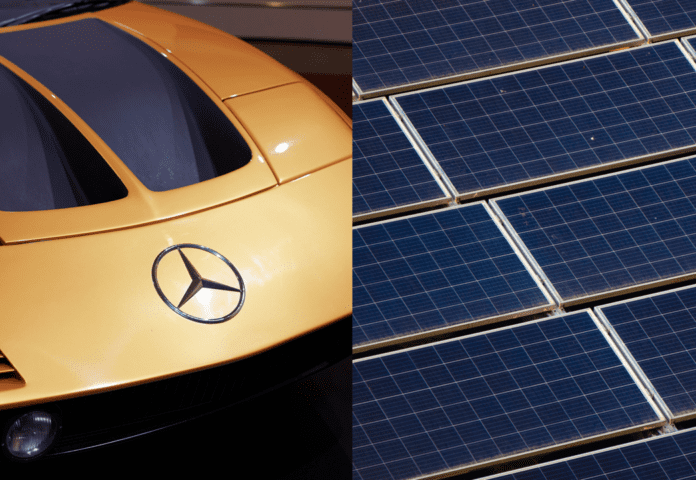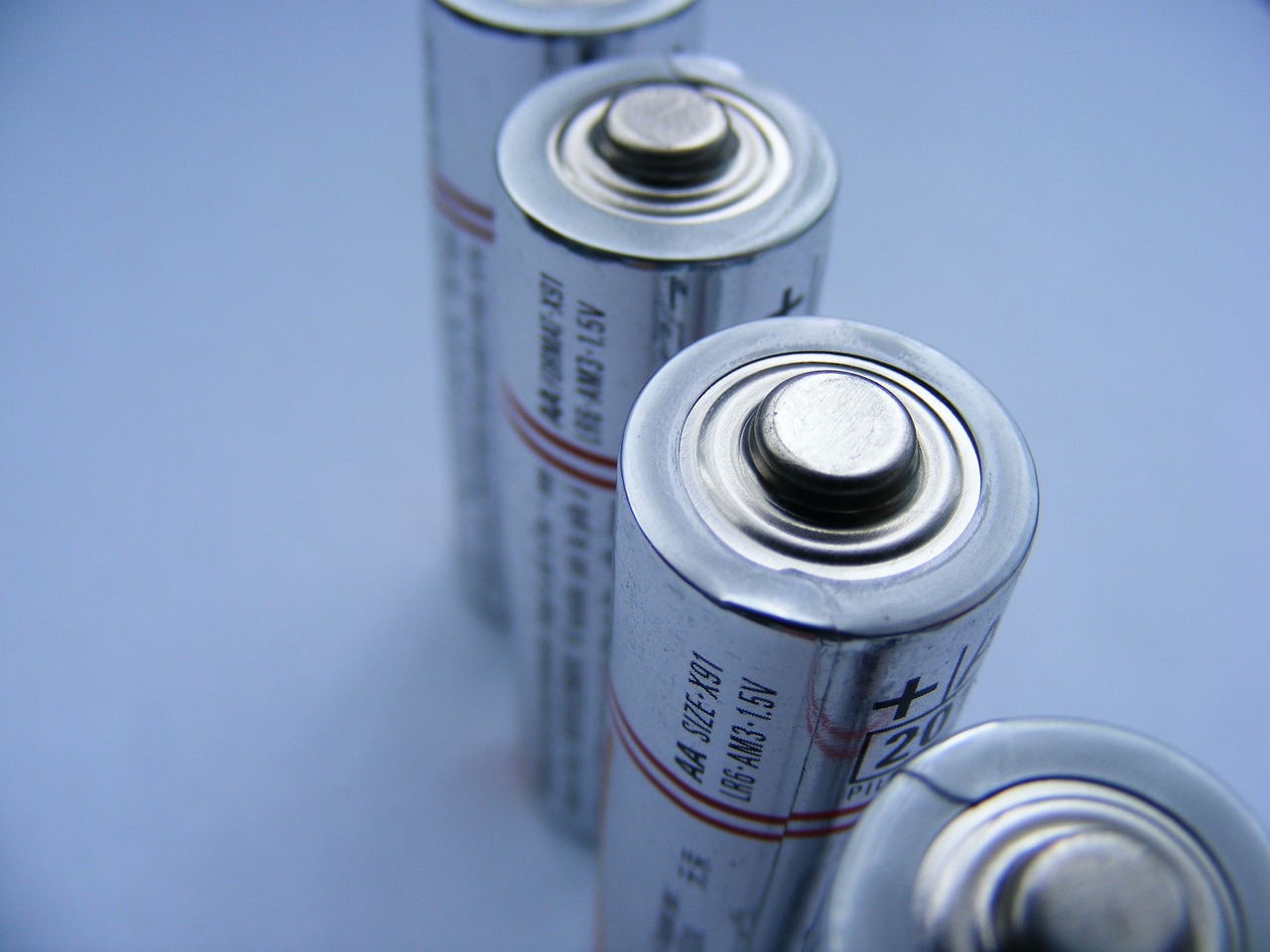This post is also available in:
 עברית (Hebrew)
עברית (Hebrew)
Mercedes-Benz is working on an innovation that could significantly change the future of electric vehicles (EVs): a new type of solar paint that generates electricity. This paint, developed by the company’s engineers, consists of photovoltaic (PV) modules applied as a thin coating to the vehicle’s exterior. If successful, it could enhance EV range and reduce the need for frequent charging.
The solar paint is only 5 micrometers thick—thinner than a human hair—and is designed to cover up to 11 square meters of a vehicle’s surface. Despite its thinness, Mercedes-Benz claims that under optimal conditions, this paint could generate enough energy to power a vehicle for up to 12,000 kilometers annually. The energy produced by the solar cells is used to directly power the vehicle or recharge its high-voltage battery, even when the car is off, ensuring continuous energy generation.
The solar coating relies on innovative nanoparticle-based technology, allowing 94% of solar energy to pass through and be absorbed. It’s lightweight, weighing just 50 grams per square meter, and can be applied to various surfaces of the car’s chassis. Mercedes-Benz’s goal is to make this technology widely applicable, including on all exterior surfaces of a vehicle.
The energy produced depends on factors such as sunlight intensity and geographical location. For example, in sunny cities, the solar paint could generate enough energy to power the vehicle for an entire day, with any surplus potentially fed back into the home’s electrical system using bidirectional charging, according to Interesting Engineering. In regions with less sunlight, the paint could still power a significant portion of the vehicle’s daily commute.
Another key advantage of this solar paint is that it is made from non-toxic, readily available raw materials, with no reliance on rare earth elements or silicon. It is also more affordable and easier to recycle than conventional solar modules.


























